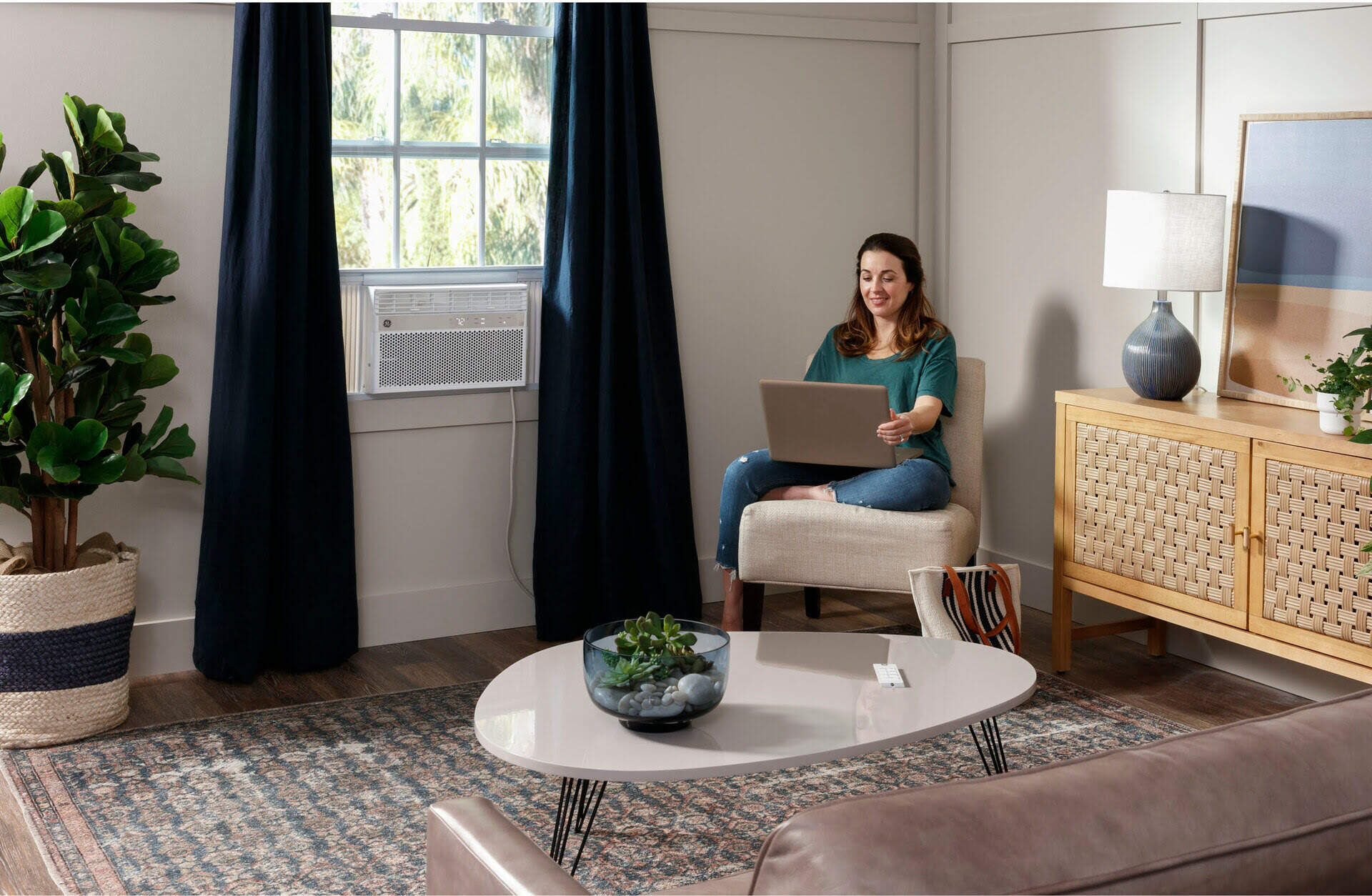

Articles
How To Calculate BTU For Your Living Room
Modified: October 20, 2024
Discover the ideal number of BTUs required to effectively heat your living room with our informative articles. Browse now for expert heating tips.
(Many of the links in this article redirect to a specific reviewed product. Your purchase of these products through affiliate links helps to generate commission for Storables.com, at no extra cost. Learn more)
Introduction
When it comes to creating a comfortable living space, temperature control is a key factor. Whether you want to keep your living room warm during the winter months or cool during the summer, it’s important to understand how many BTU (British Thermal Units) are needed to properly heat or cool the space. BTU is a measurement of heat energy and is commonly used to determine the capacity of heating and cooling systems.
In this article, we will explore how to calculate the appropriate number of BTUs for a living room, taking into consideration various factors such as room size, insulation, and the number of windows. We will also discuss the importance of choosing the right heating or cooling system and consider energy efficiency considerations to help optimize the comfort of your living space.
So, if you’re ready to take control of the temperature in your living room, let’s dive in and explore the world of BTUs!
Key Takeaways:
- Properly calculating the BTU requirements for your living room is crucial for maintaining a comfortable temperature. Factors such as room size, insulation, and window count play a significant role in determining the ideal BTU output.
- When choosing a heating or cooling system, prioritize energy efficiency by considering ENERGY STAR certification, SEER and AFUE ratings, proper insulation, smart thermostats, and regular maintenance. This approach not only saves money but also reduces environmental impact.
Read more: How To Stage Your Living Room
Understanding BTU (British Thermal Units)
Before we delve into calculating the appropriate number of BTUs for a living room, let’s first understand what BTUs are and how they relate to heating and cooling systems.
BTU, or British Thermal Unit, is a unit of measurement used to quantify the amount of heat energy required to raise the temperature of one pound of water by one degree Fahrenheit. In the context of heating systems, BTUs are used to measure the amount of heat a system can generate. For cooling systems, it measures the amount of heat that can be removed from a space.
When it comes to heating or cooling your living room, it’s important to choose a system that has the appropriate number of BTUs to efficiently and effectively maintain a comfortable temperature. A system with too low of a BTU output may struggle to adequately heat or cool the room, while a system with too high of a BTU output may result in wasted energy and uncomfortable temperature fluctuations.
Calculating the right number of BTUs for your living room involves considering several factors, including the size of the room, the insulation in the room, and the number and size of windows. Let’s explore these factors in more detail.
Factors to Consider for BTU Calculation
Calculating the appropriate number of BTUs for a living room involves taking into consideration various factors that can impact the heating or cooling needs of the space. Here are some important factors to consider:
- Room Size: The size of the living room is a crucial factor in determining the BTU requirement. Larger rooms generally require more BTUs to adequately heat or cool the space.
- Insulation: The level of insulation in the living room plays a significant role in heat retention. Well-insulated rooms require lower BTU outputs as they retain heat more efficiently.
- Number of Windows: Windows can be a major source of heat gain or loss in a room. The more windows a living room has, the more BTUs will be needed to compensate for heat loss during the winter or heat gain during the summer.
- Window Size and Type: The size and type of windows also impact the BTU requirements. Larger windows or windows with poor insulation properties may increase the necessary BTU output.
- Ceiling Height: Rooms with higher ceilings require additional BTUs to ensure proper heat distribution and maintain a consistent temperature throughout the space.
- Climate: The climate of your location is an important factor to consider. If you live in an area with extreme temperatures, you may need to adjust the BTU calculation accordingly.
- Occupancy: The number of people occupying the living room can generate additional heat. If you regularly have a large number of occupants, you may need to account for the extra heat generated.
By considering these factors and gathering the necessary information about your living room, you can estimate the ideal BTU requirement for a comfortable and energy-efficient space.
BTU Recommendations for Living Rooms
Now that we have discussed the factors to consider for BTU calculation, let’s explore the general BTU recommendations for living rooms. Please note that these are general guidelines, and it is always best to consult with a heating and cooling professional for an accurate assessment of your specific needs.
Small Living Rooms (up to 150 square feet): For smaller living rooms, a heating or cooling system with a BTU rating of around 5,000 to 7,000 BTUs should be sufficient. These systems are often portable units or smaller window-mounted air conditioners.
Medium Living Rooms (150 to 300 square feet): For medium-sized living rooms, a BTU rating of approximately 7,000 to 10,000 BTUs is recommended. This can be achieved with a range of options, including window-mounted air conditioners, mini-split systems, or small electric or gas heaters.
Large Living Rooms (over 300 square feet): For larger living rooms, a BTU rating of 10,000 to 16,000 BTUs is typically needed. This can be achieved with central heating and cooling systems, larger mini-split systems, or combination units.
It’s important to consider the factors we discussed earlier when determining the BTU requirement for your specific living room. If your living room has poor insulation, more windows, or higher ceilings, you may need to adjust the recommended BTU range accordingly.
Keep in mind that these recommendations are for general comfort purposes. If your living room has additional cooling or heating needs, such as specific climate requirements or equipment that generates significant heat, you may require a higher BTU rating. Consulting with a heating and cooling professional can help ensure you choose the right system for your specific living room needs.
Now that we have a better understanding of BTU recommendations, let’s explore how to size and choose the right heating or cooling system for your living room.
To calculate the number of BTUs needed for a living room, multiply the square footage by 20 for a room with good insulation, or by 25 for a room with poor insulation. This will give you an estimate of the heating capacity required for the space.
Sizing and Choosing the Right Heating or Cooling System
When it comes to selecting the right heating or cooling system for your living room, proper sizing is crucial. Installing an oversized or undersized system can lead to inefficiency, discomfort, and increased energy costs. Here are some steps to help you size and choose the right system:
- Calculate BTU Requirements: Use the factors we discussed earlier to calculate the BTU requirements for your living room. Consider the room size, insulation, windows, and other relevant factors. This will give you an estimate of the necessary BTU output.
- Consult with HVAC Professionals: It’s highly recommended to consult with heating, ventilation, and air conditioning (HVAC) professionals. They have the expertise and knowledge to accurately assess your living room’s needs and recommend the right system size and type.
- Consider Energy Efficiency: Energy efficiency is an important aspect to consider when choosing a heating or cooling system. Look for systems with high energy efficiency ratings, such as ENERGY STAR certified units. These systems not only save energy and reduce costs but also help minimize environmental impact.
- Explore Different System Options: There are various heating and cooling systems available, including central HVAC systems, mini-split systems, window units, and portable heaters or air conditioners. Consider the pros and cons of each system type in terms of efficiency, cost, and installation requirements.
- Installation and Maintenance: Factor in the installation and maintenance requirements of the system. Some systems may require professional installation, while others can be DIY-friendly. Additionally, consider the ongoing maintenance and potential servicing needs of the system to ensure its longevity and efficiency.
By following these steps and seeking professional guidance, you can select the right heating or cooling system that meets the BTU requirements of your living room while prioritizing energy efficiency and comfort.
As a final consideration, let’s explore the importance of energy efficiency when it comes to maintaining your living room’s temperature.
Read more: How To Layout Your Living Room
Energy Efficiency Considerations
When choosing a heating or cooling system for your living room, energy efficiency is a crucial aspect to consider. Not only does energy efficiency help reduce your environmental impact, but it also lowers your energy bills and improves overall comfort. Here are some important energy efficiency considerations:
- ENERGY STAR Certification: Look for systems that have earned the ENERGY STAR certification. These systems meet strict energy efficiency guidelines set by the Environmental Protection Agency (EPA) and can significantly reduce your energy consumption compared to non-certified alternatives.
- Seasonal Energy Efficiency Ratio (SEER): For cooling systems such as air conditioners, pay attention to the SEER rating. SEER measures the cooling efficiency of the system over a typical cooling season. The higher the SEER rating, the more energy-efficient the system.
- Annual Fuel Utilization Efficiency (AFUE): For heating systems, consider the AFUE rating. AFUE measures the efficiency of the system in converting fuel into heat over the course of a year. Look for systems with higher AFUE ratings, as they waste less energy and provide more heat output.
- Proper Insulation and Weatherstripping: Ensure your living room is properly insulated and sealed. This prevents heat loss during the winter and heat gain during the summer, reducing the workload on your heating or cooling system.
- Smart Thermostat: Consider investing in a programmable or smart thermostat. These devices allow you to schedule temperature adjustments based on your lifestyle and can optimize energy usage by automatically adjusting the temperature when you’re away or asleep.
- Air Filter Maintenance: Regularly clean or replace air filters in your heating or cooling system. Clogged filters can restrict airflow, causing the system to work harder and consume more energy. Clean filters ensure efficient operation and improve indoor air quality.
- Professional Maintenance and Tune-ups: Schedule regular maintenance and tune-ups with HVAC professionals. They can ensure your system is running efficiently, identify and correct any issues, and help prolong the lifespan of the equipment.
Considering these energy efficiency factors not only helps lower your carbon footprint but also saves you money in the long run. Additionally, many energy-efficient systems and improvements may qualify for rebates, incentives, or tax credits, further increasing your savings.
Now that we have explored energy efficiency considerations, let’s conclude our discussion on BTU calculations and their importance for living room comfort.
Conclusion
Calculating the appropriate number of BTUs for your living room is essential for maintaining a comfortable and energy-efficient space. By considering factors such as room size, insulation, windows, and climate, you can determine the ideal BTU requirement for your living room heating or cooling needs.
When choosing a heating or cooling system, it’s important to select the right size, taking into account the calculated BTU requirement. Consulting with HVAC professionals can provide valuable expertise and ensure an accurate assessment of your living room’s needs.
Additionally, energy efficiency should be a top consideration. Look for systems with ENERGY STAR certification, high SEER ratings for cooling systems, and high AFUE ratings for heating systems. Proper insulation, smart thermostats, regular maintenance, and air filter upkeep are also key factors in maximizing energy efficiency and reducing environmental impact.
Remember, the goal is to create a comfortable living space while minimizing energy consumption and maximizing cost savings. By considering BTU calculations, choosing the right system, and prioritizing energy efficiency, you can achieve optimal comfort in your living room while keeping your energy usage in check.
As always, it is best to consult with professionals who can provide personalized recommendations based on your specific living room requirements. With the right system and a focus on energy efficiency, you can enjoy a cozy and sustainable living space for years to come.
Frequently Asked Questions about How To Calculate BTU For Your Living Room
Was this page helpful?
At Storables.com, we guarantee accurate and reliable information. Our content, validated by Expert Board Contributors, is crafted following stringent Editorial Policies. We're committed to providing you with well-researched, expert-backed insights for all your informational needs.

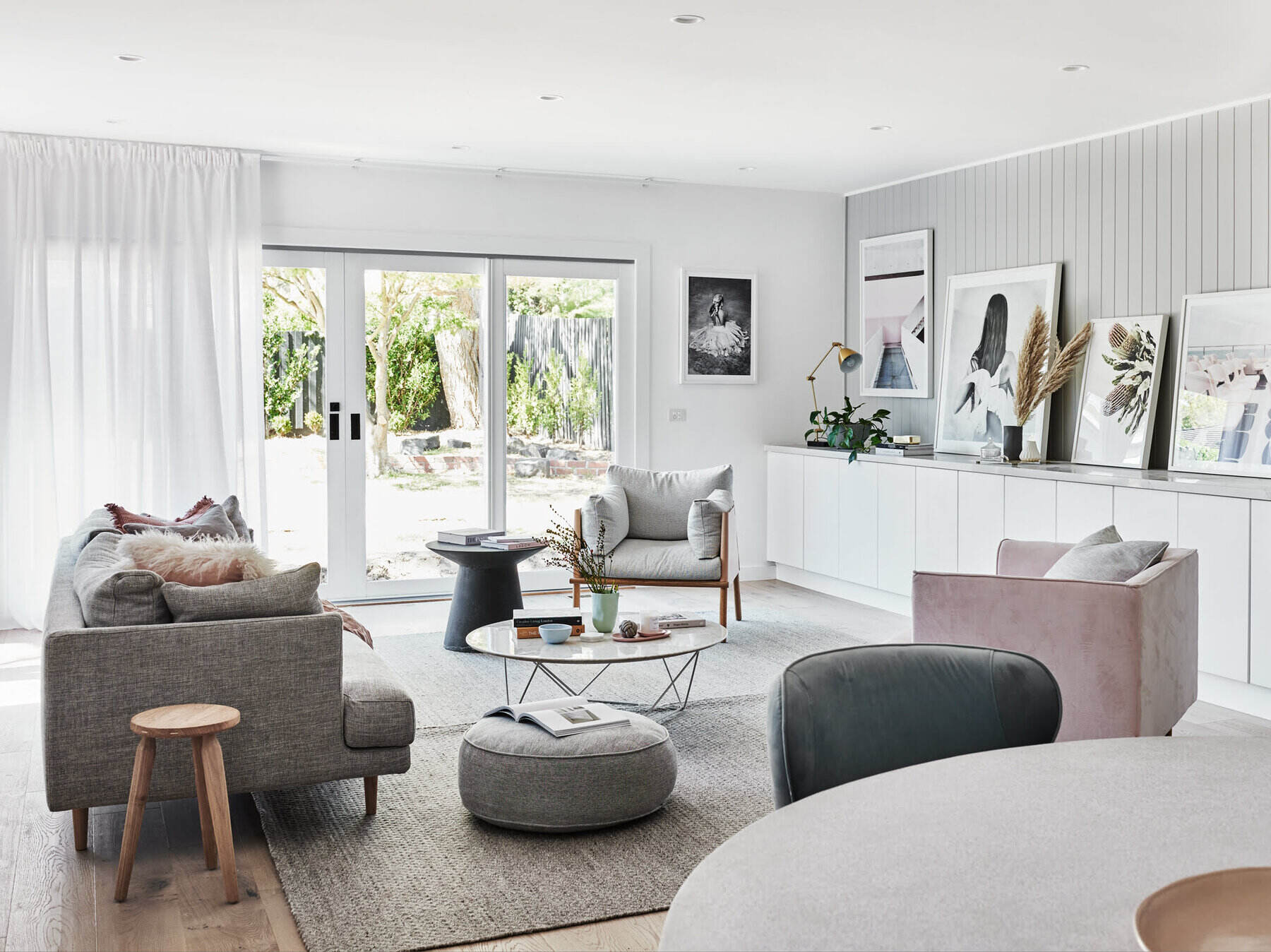

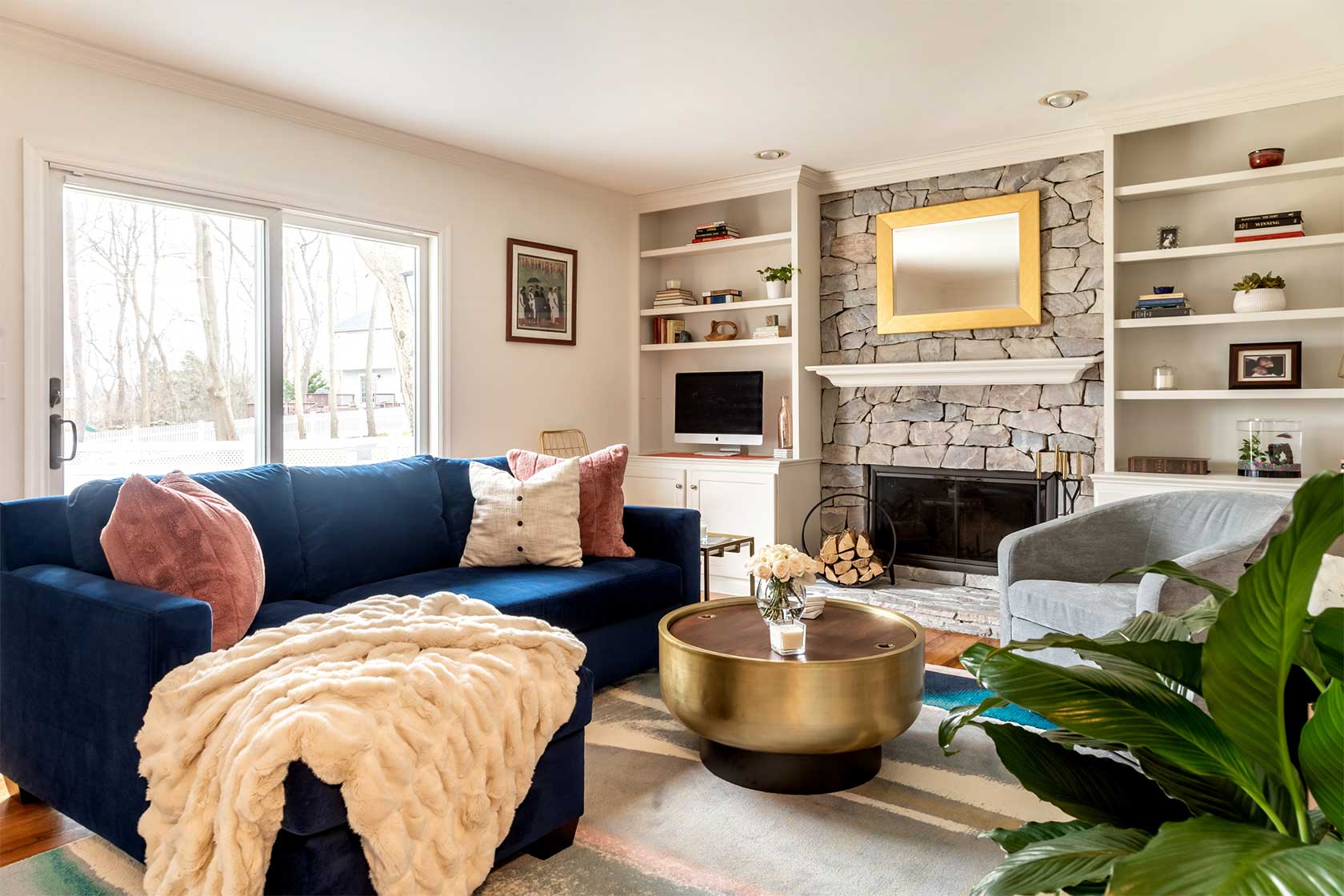
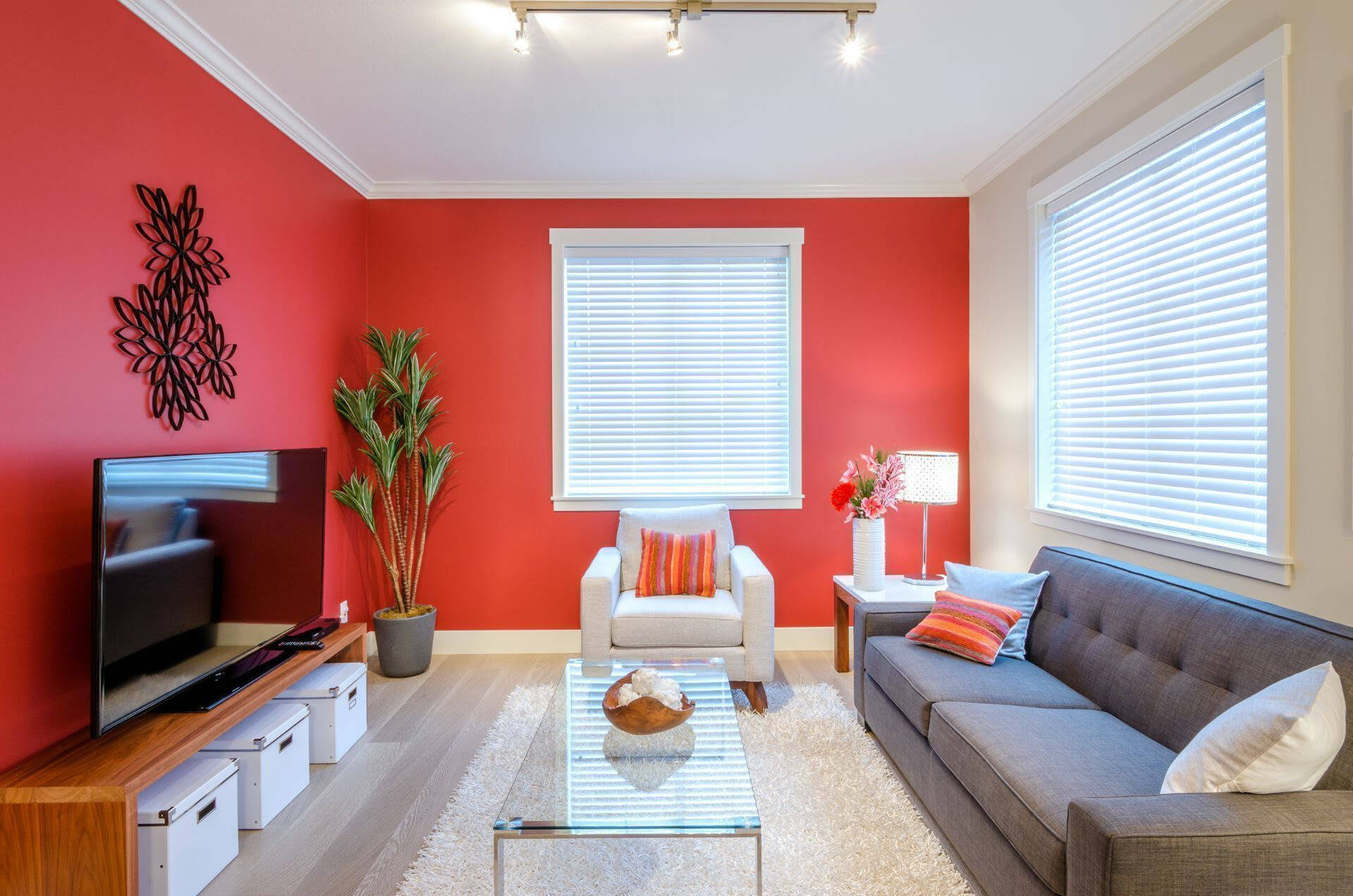
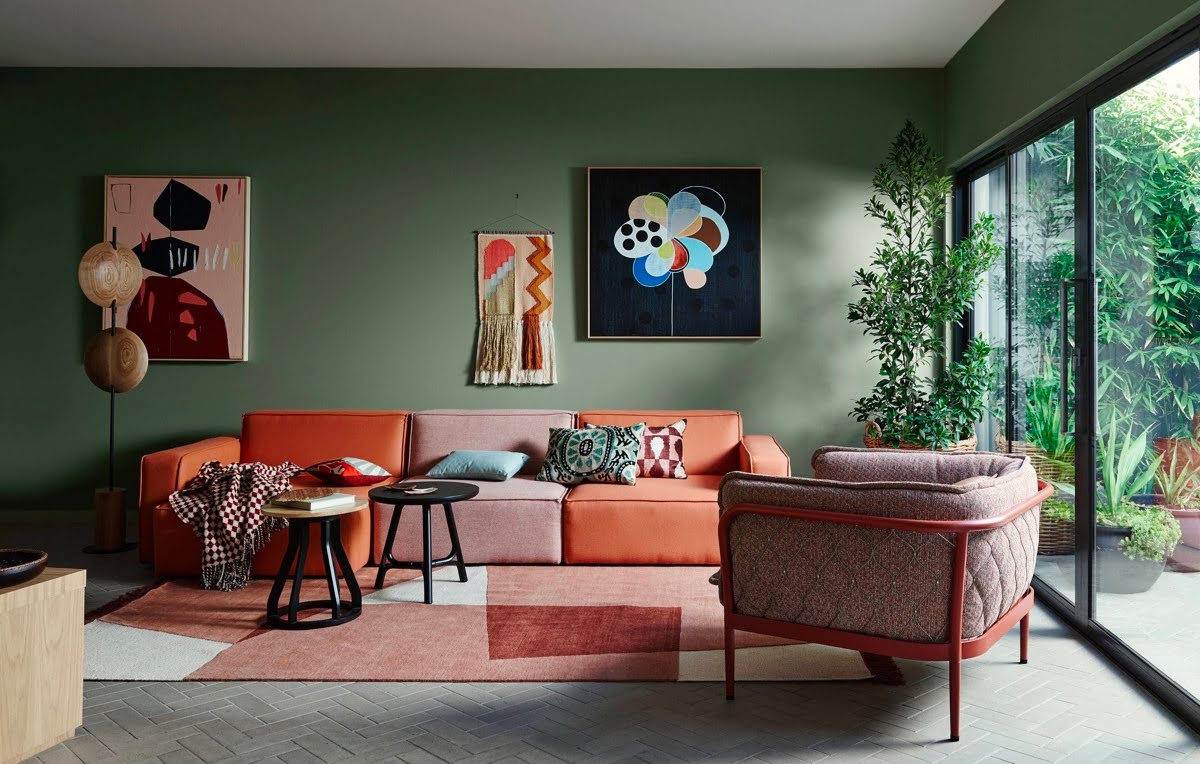

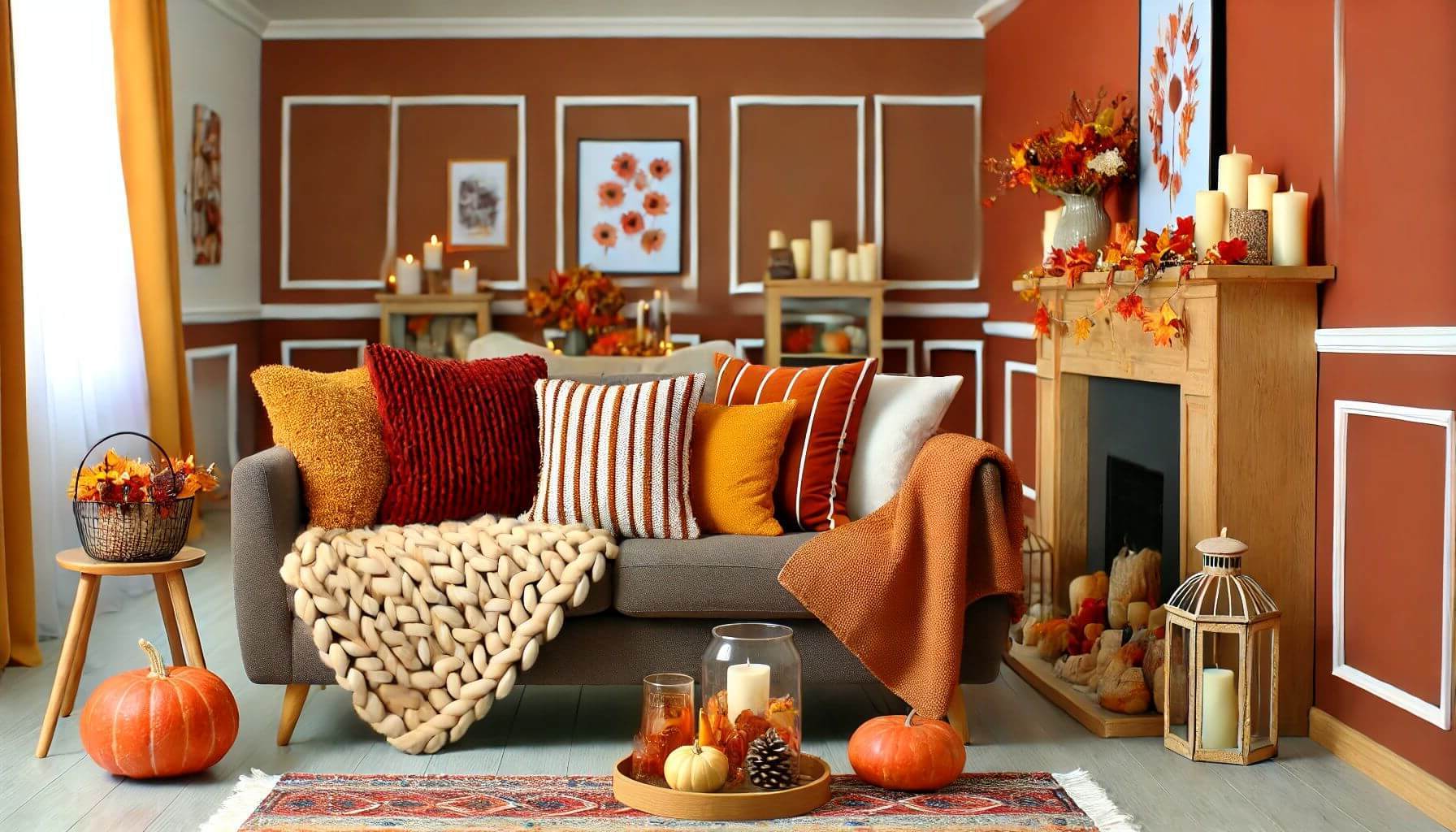
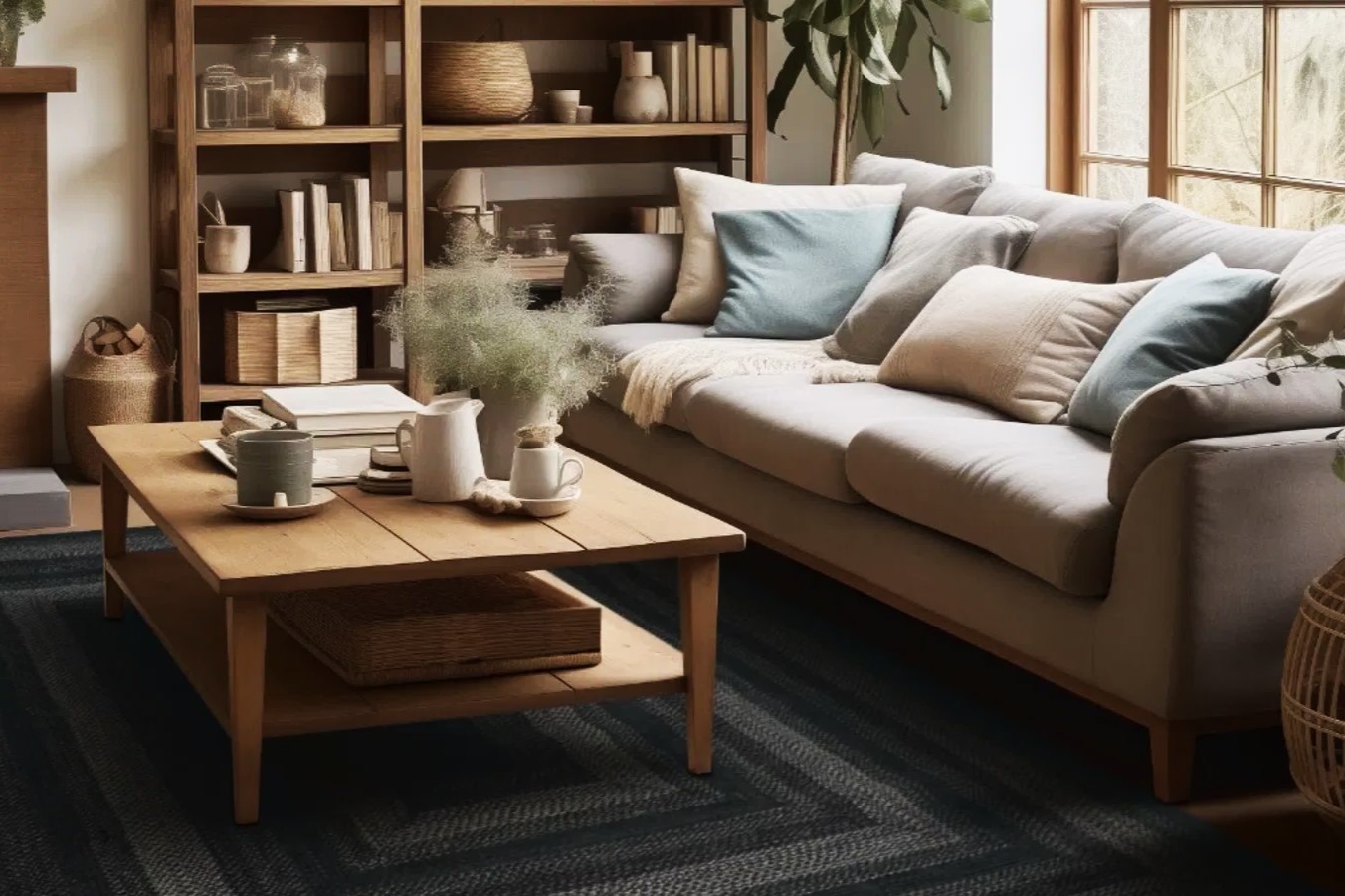
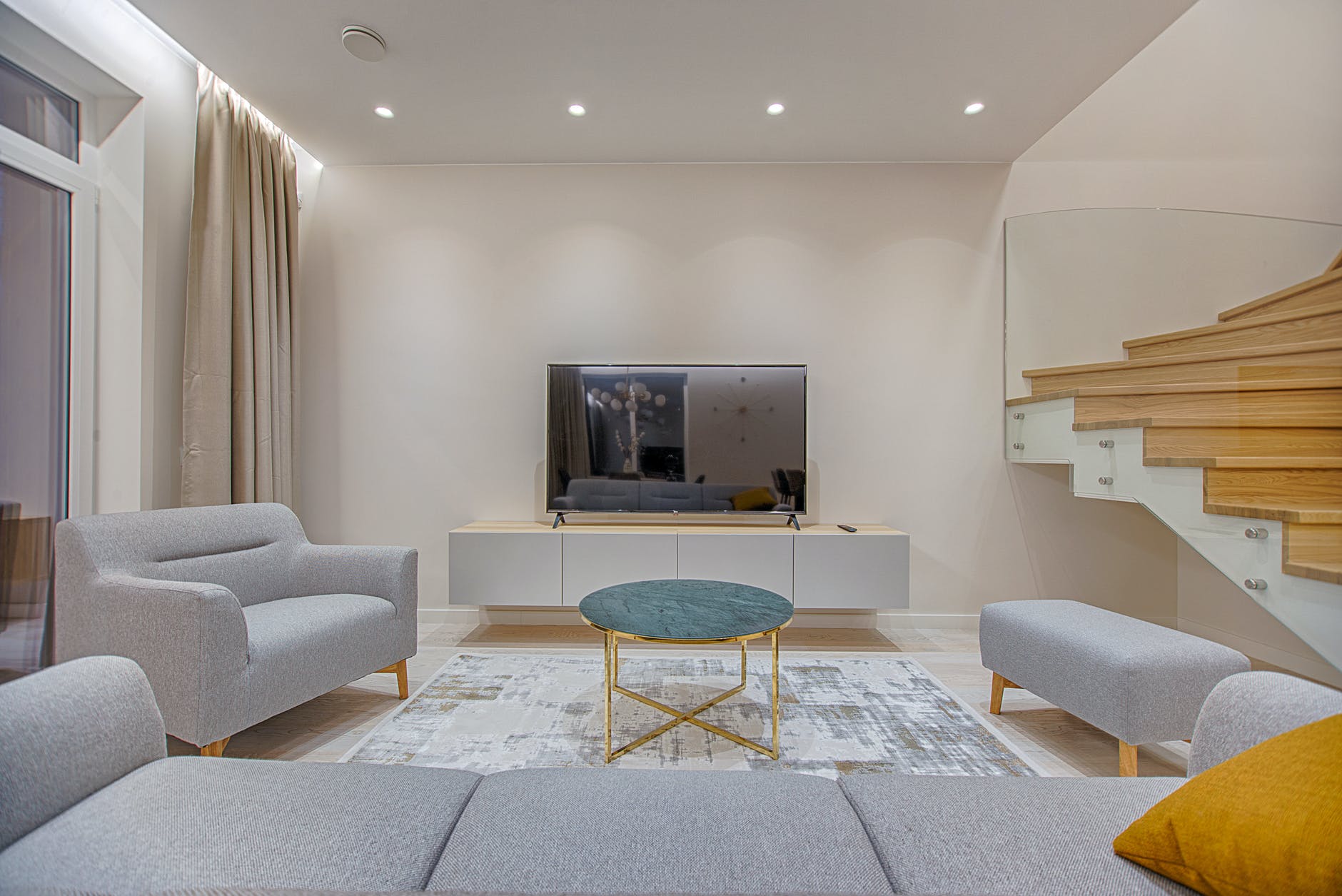
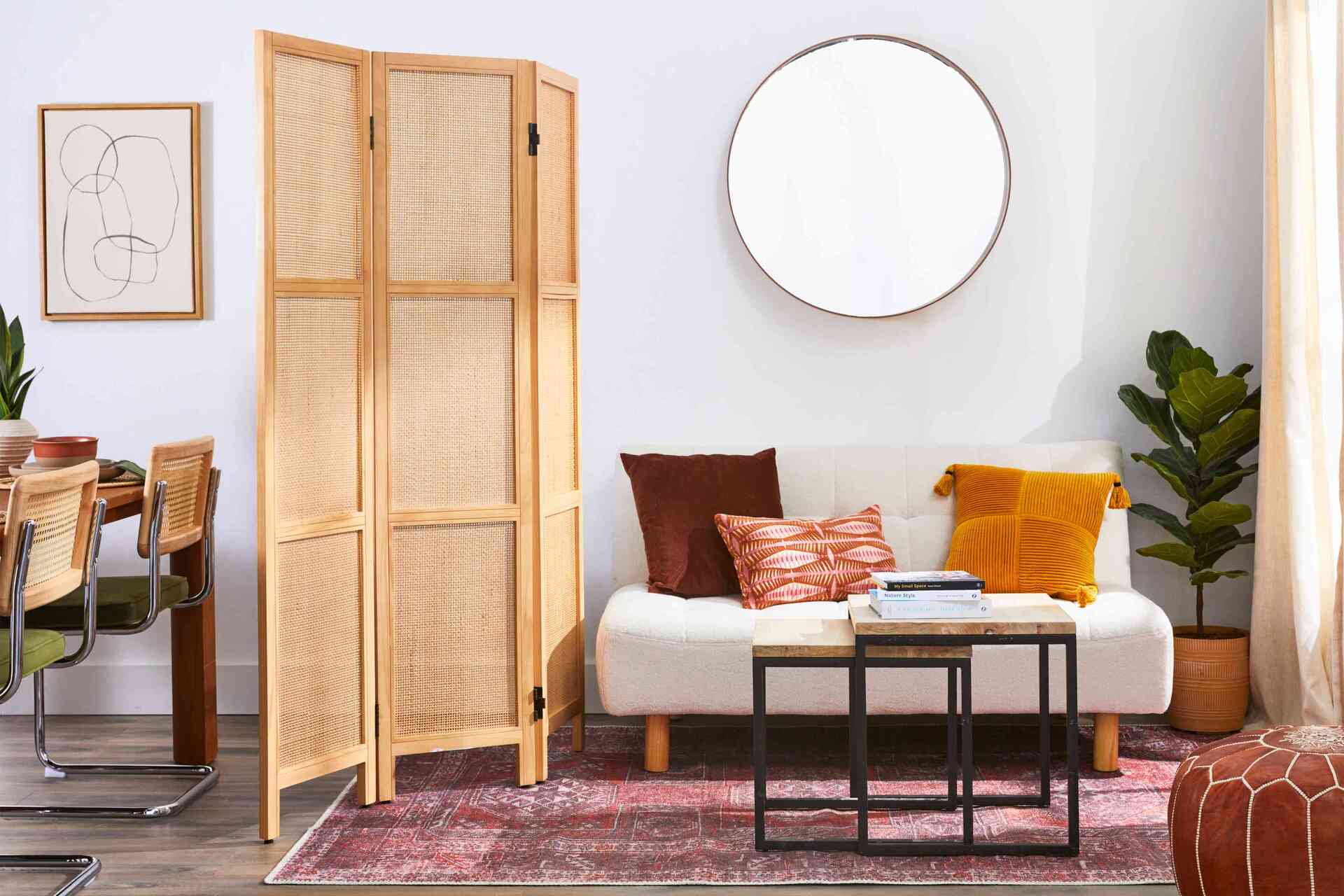

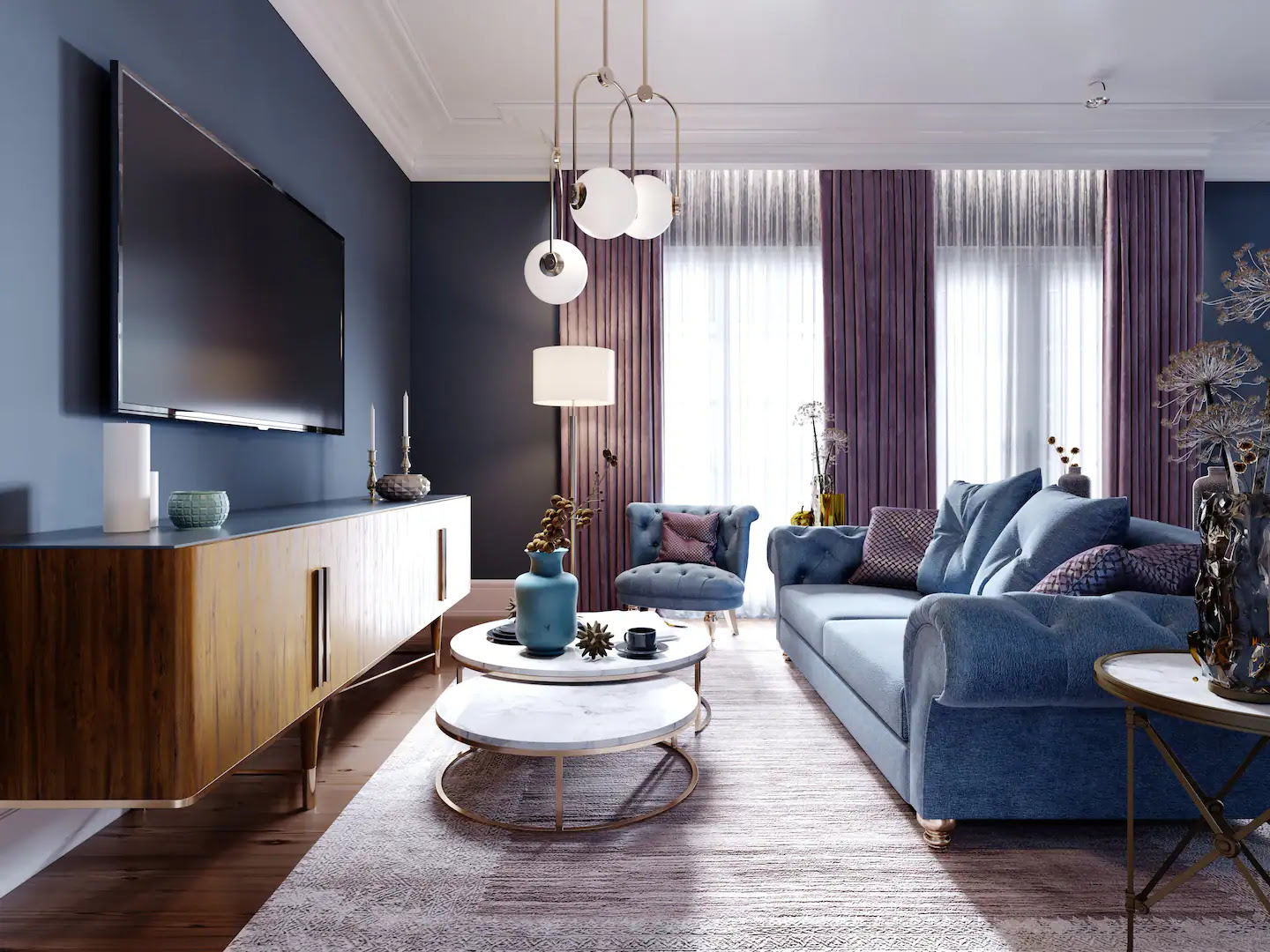
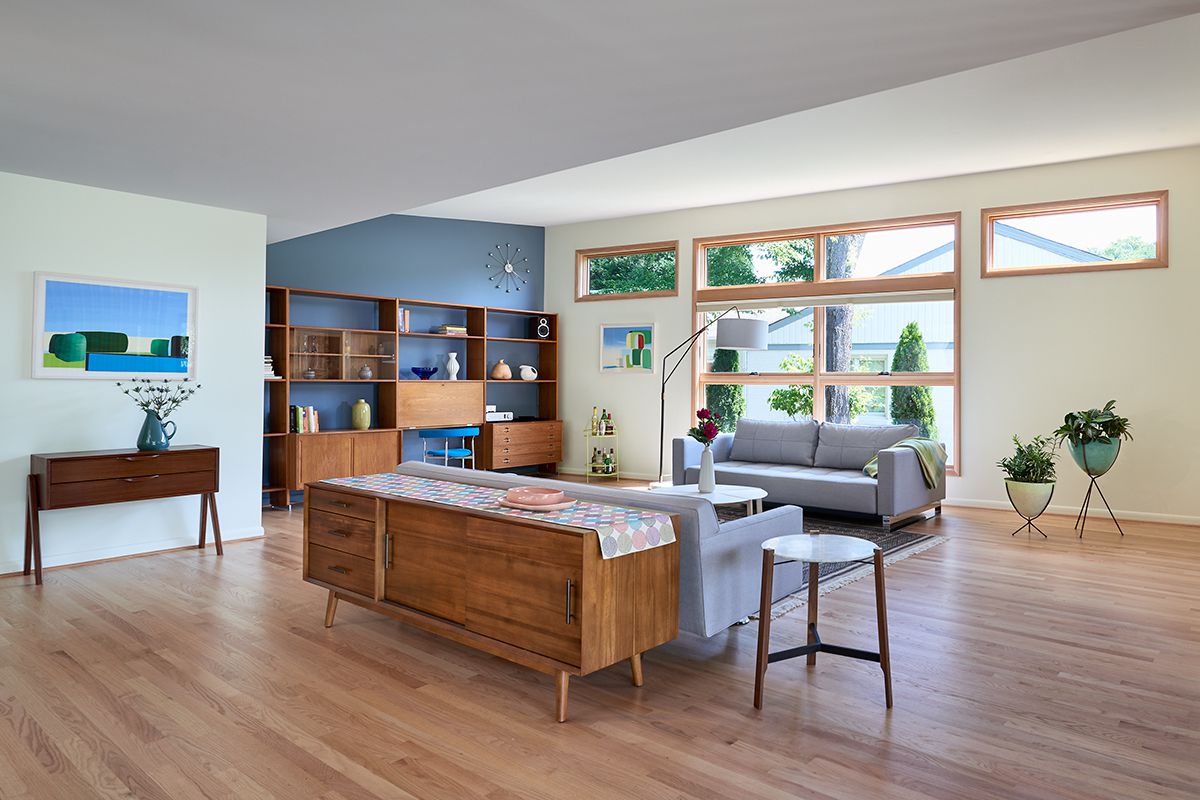

0 thoughts on “How To Calculate BTU For Your Living Room”